- News
- Reviews
- Bikes
- Components
- Bar tape & grips
- Bottom brackets
- Brake & gear cables
- Brake & STI levers
- Brake pads & spares
- Brakes
- Cassettes & freewheels
- Chains
- Chainsets & chainrings
- Derailleurs - front
- Derailleurs - rear
- Forks
- Gear levers & shifters
- Groupsets
- Handlebars & extensions
- Headsets
- Hubs
- Inner tubes
- Pedals
- Quick releases & skewers
- Saddles
- Seatposts
- Stems
- Wheels
- Tyres
- Tubeless valves
- Accessories
- Accessories - misc
- Computer mounts
- Bags
- Bar ends
- Bike bags & cases
- Bottle cages
- Bottles
- Cameras
- Car racks
- Child seats
- Computers
- Glasses
- GPS units
- Helmets
- Lights - front
- Lights - rear
- Lights - sets
- Locks
- Mirrors
- Mudguards
- Racks
- Pumps & CO2 inflators
- Puncture kits
- Reflectives
- Smart watches
- Stands and racks
- Trailers
- Clothing
- Health, fitness and nutrition
- Tools and workshop
- Miscellaneous
- Buyers Guides
- Features
- Forum
- Recommends
- Podcast
feature
 What is a hybrid bike? Jan 2023
What is a hybrid bike? Jan 2023What is a hybrid bike? Everything you need to know about the UK's best-selling bike type
Halfway between mountain bikes and road bikes, hybrid bikes are incredibly common. Watch people riding to work or pootling around riding spots away from traffic and you’ll see lots of hybrid bikes. But just what qualifies a flat-bar bike as a hybrid, and what makes them the best-selling bike type in the UK and many other parts of the world?
If we had our way, a hybrid bike would just be a bike, and all the specialist bike types would get their own particular names; but the popularity of different bike types follows fashion trends. Before the mountain bike boom of the late ’80s and early ’90s, ‘10-speed racers’ and touring bikes ruled the roost.
Then the mountain bike came along and reminded people that a bike with powerful brakes and an upright riding position was fun to ride, and very practical on potholed city streets.
A mountain bike’s fat tyres and sturdy build is overkill for most UK riding, though. A bike soon emerged with the flat handlebar and friendly controls of a mountain bike, but the lighter frame and larger, quicker wheels of a road bike: the hybrid bike.
>>Read more: Beginner's guide: how to choose and buy your next bike
What is a hybrid bike exactly?
That broad definition of hybrid bike leaves a lot of scope for variation. At one end of the scale are flat-bar road bikes, which as the description suggests have the very skinny tyres and lightweight, close-coupled frame of a road bike, but with a flat bar. Just the thing for zooming through sun-drenched Tuscan lanes, if not so great for rainy, potholed city streets.
Fatter tyres with deeper treads are more common though, and usually provide the grip and cushioning that make hybrid bikes really versatile. You can easily take a hybrid places where you'd hesitate to ride a road bike, or where very skinny tyres need a high level of skill and care. Canal towpaths, forest roads and easier singletrack trails are all accessible on a hybrid bike.
That versatility is reflected in the features you’ll usually find on a hybrid. Hybrid bikes almost always have mounts on the frame and fork for mudguards; mounts on the frame for a rack to carry pannier bags; and two mounts on the frame for water bottles. You may also find mounts on the fork for a front rack and frame mounts for a lock by the rear wheel.
A few hybrid bikes come with all this and more as standard equipment, especially if they are also intended to be sold in Europe, where people expect their bikes to be ready to roll as practical transport straight off the shop floor.
Such a ‘fully-equipped’ hybrid bike will have a pannier rack and mudguards, dynamo lighting, a built-in lock and even that most reviled of accessories, a kickstand for parking convenience.
Let’s take a closer look at hybrid bike features...
Frame & fork
Hybrid bikes are almost always made from aluminium for its combination of strength and low weight. They sometimes have suspension forks, which some argue are a bit of a gimmick but provide a little bit more cushion up front.
You will also find steel-framed hybrid bikes, usually aimed at trendy urban riders. If you’ve money to burn there are also a few manufacturers producing hybrid bikes with super-light carbon fibre frames, which sounds daft until you consider carrying a bike up several flights of stairs to a top-floor flat or room in a shared house.
Gears
For the most part, hybrid bikes use derailleur gears, with mechanisms that move the chain around sprockets on the rear wheel and cranks. These are light and simple but a bit vulnerable to damage, so a few manufacturers offer hybrids with fully-enclosed hub gears.
Either way, the controls are on the handlebar, right next to the brake levers and easily reached as you ride; this ease of use is one of the things that makes hybrid bikes popular.
To give a usable gear range, hybrid bikes with hub gears usually have seven or eight gears, though you occasionally see Shimano’s expensive, wide-range eleven-speed hub gear.
For maximum simplicity, some hybrid bikes just have a single gear.
Hybrid bikes with derailleur gears usually have three sprockets (called chainrings) on the cranks and between seven and ten at the rear. This gives a really wide range of gears so you can zoom downhill and still climb comfortably.
You also get hybrids with single chainrings and super-wide 10-, 11- or even 12-speed rear gearing. This is a system that's standard on mountain bikes because it's simple, with only one gear control. That makes it appropriate for hybrids too, especially as a lot of utility riders never quite seem to suss out the faff of multiple chainrings. Bikes with such gear systems are often pricier, but you may think it's worth the extra for the ease of use.
Brakes
Hybrids have always borrowed braking technology from mountain bikes, and almost always now use either V-brakes or disc brakes.
V-brakes mount on special bosses on the frame near the wheel rims and have a brake cable that pulls the top of two arms to bring the pads against the rim.
Like disc brakes on cars, bike disc brakes have a dedicated braking surface on the wheel, mounted on the hub.
Both provide good braking in the dry, but disc brakes perform better in the wet because the braking surface is further away from the road.
Wheels and tyres
Most hybrids use the same wheel size as drop-handlebar road bikes, known as 700C. The designation comes from a French wheel sizing system and used to indicate a tyre that was 28 inches (700mm) across, though most modern 700C tyres are smaller than that.
A few hybrids use mountain bike size 26-inch tyres or the intermediate size known as 27.5 inches or 650B. The wheels are therefore a bit smaller and tougher, though the tyres on such a bike will be lighter and smoother than mountain bike knobblies.
Hybrid bikes have a wide range of tyre sizes, from lightly-treaded narrow tyres (usually 28mm or so wide) for speed, to fat tyres with chunky tread for dirt tracks.
One popular option is highly puncture-resistant tyres such as the Schwalbe Marathon, which will ward off all but the nastiest sharp objects.
Extras
If you’re going to do more than pootle round the woods on dry days, there are a few things you should consider buying along with your new hybrid bike.
Mudguards: Spray from the tyres makes a big contribution to a winter soaking, so if you’re going to ride when there’s a chance of rain (all but a few days per year in the UK!) mudguards will keep you a lot drier.
Clip-on mudguards can be fitted to bikes with tight clearances, while if your bike has more room in the frame you can use full-coverage bolt-on guards.
Pannier racks & luggage: If you want to carry stuff while you ride you have two options: panniers that clip on to a rack bolted to the rear of the bike; or a cycling backpack.
Panniers are more comfortable and allow you to carry more, but are awkward off the bike. A rucksack is easy to carry off the bike, usually has lots of compartments to help keep you organised or lose your keys in, but will give you a sweaty back. You decide your priorities and make your choice.
Lights: A legal requirement if you’re going to ride at night, and just sensible too. A flashing rear light is now almost a sign of a bike; many riders like to pair a flasher with a constant light because it’s easier for drivers to track the position of a steady light on dark roads. Up front you have a huge range of choices from small lights that will get you seen to high-power systems that light the road for many metres ahead.
> Read our guide to the best bike lights
Lock: As a rule of thumb, spend 10% of the cost of your bike on a bike lock. Look for Sold Secure ratings and go for a lock that’s rated at least Gold if you’re going to leave your bike parked on the street for any length of time.
If your bike has the necessary mounts, a frame lock like the one on a Koga trekking bike, above, is wonderfully convenient for short stops
Fully-equipped hybrids: As mentioned above, it’s possible to get a hybrid bikes with all the trimmings, and it’s a lot cheaper that way.
How much to spend
Hybrids are great budget transport. You can pick one up for around £300, and by the time you get up the price range to around £600 there are some really quite nice bikes.
Buy a £500 hybrid bike on the Cycle To Work Scheme and the repayments will be trivial, especially compared to the cost of public transport. In many cities, you'll be significantly better off: at the time of writing a London Zone 1-3 Travelcard costs £173.60 per month and Bristol Plus travelcard is £200 to give two examples of how much extra public transport costs. Hybrid bikes pay for themselves very quickly indeed.
As with almost all bikes, hybrids get rapidly nicer to ride as you climb the price range to about £1,000, after which you arguably get into diminishing returns.
If you want disc brakes, you’ll need to spend about £500 and up. Fully-equipped hybrid bikes, or ones with a rack and mudguards, are scattered through the price range.
>>Read more: The best hybrid bikes
>>Read more: The best cheap hybrid bikes
John has been writing about bikes and cycling for over 30 years since discovering that people were mug enough to pay him for it rather than expecting him to do an honest day's work.
He was heavily involved in the mountain bike boom of the late 1980s as a racer, team manager and race promoter, and that led to writing for Mountain Biking UK magazine shortly after its inception. He got the gig by phoning up the editor and telling him the magazine was rubbish and he could do better. Rather than telling him to get lost, MBUK editor Tym Manley called John’s bluff and the rest is history.
Since then he has worked on MTB Pro magazine and was editor of Maximum Mountain Bike and Australian Mountain Bike magazines, before switching to the web in 2000 to work for CyclingNews.com. Along with road.cc founder Tony Farrelly, John was on the launch team for BikeRadar.com and subsequently became editor in chief of Future Publishing’s group of cycling magazines and websites, including Cycling Plus, MBUK, What Mountain Bike and Procycling.
John has also written for Cyclist magazine, edited the BikeMagic website and was founding editor of TotalWomensCycling.com before handing over to someone far more representative of the site's main audience.
He joined road.cc in 2013. He lives in Cambridge where the lack of hills is more than made up for by the headwinds.
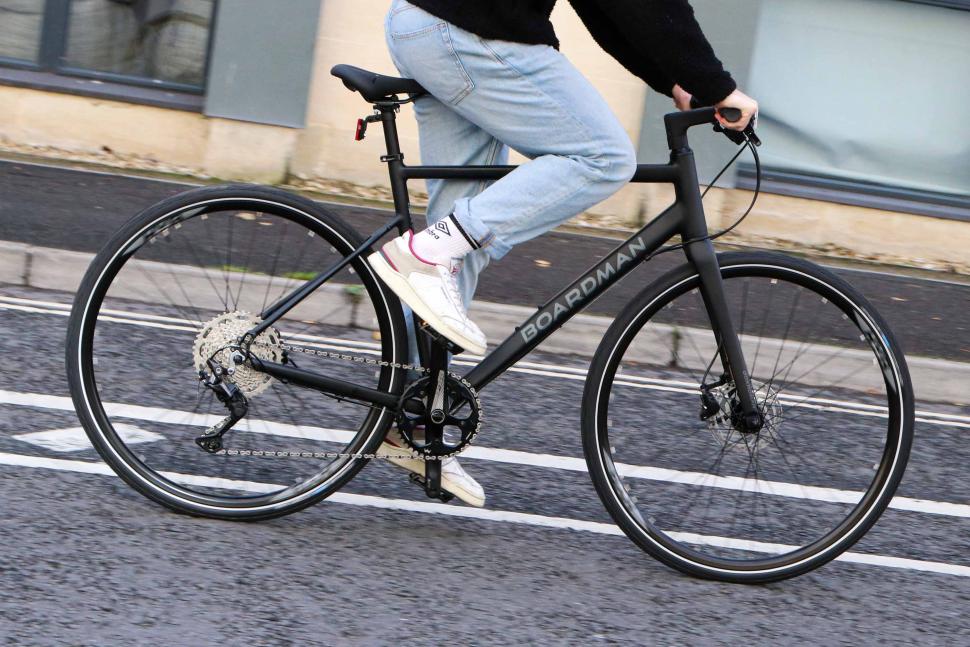

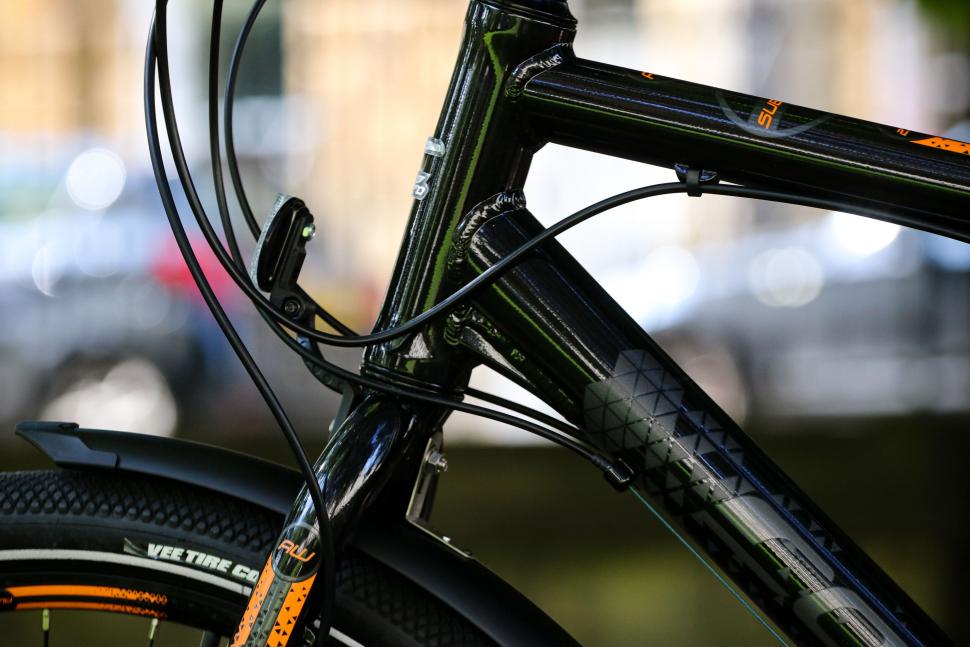



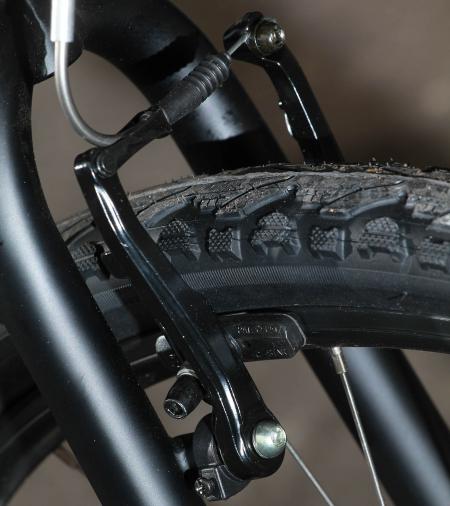

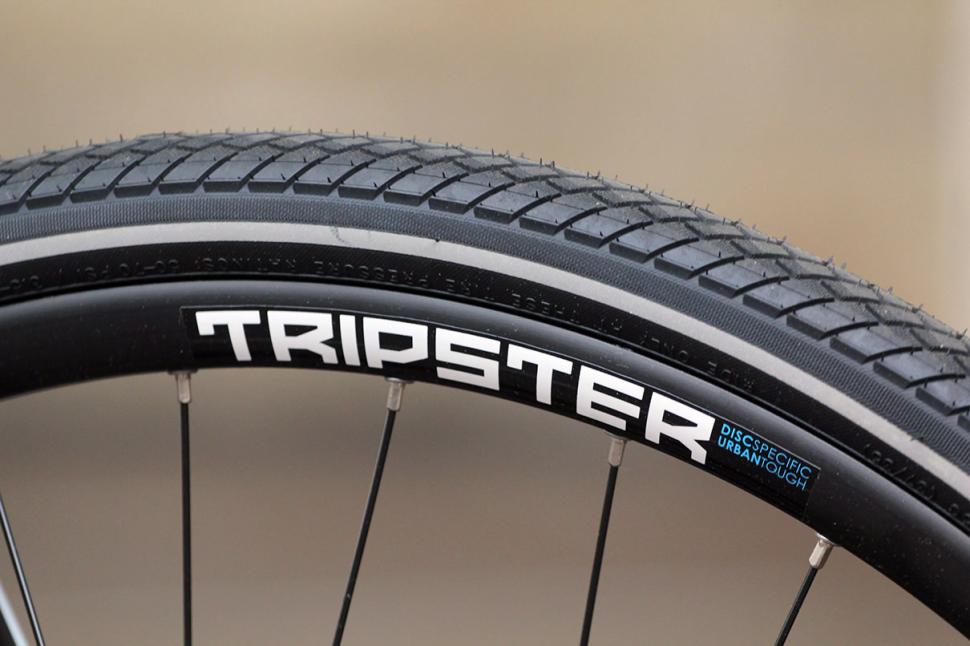
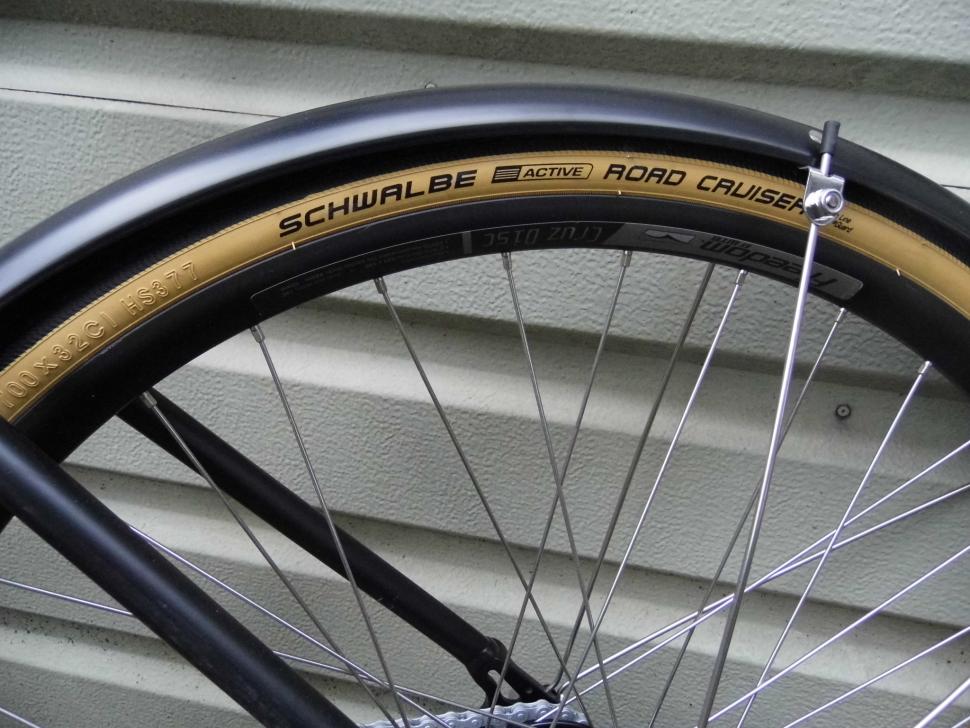
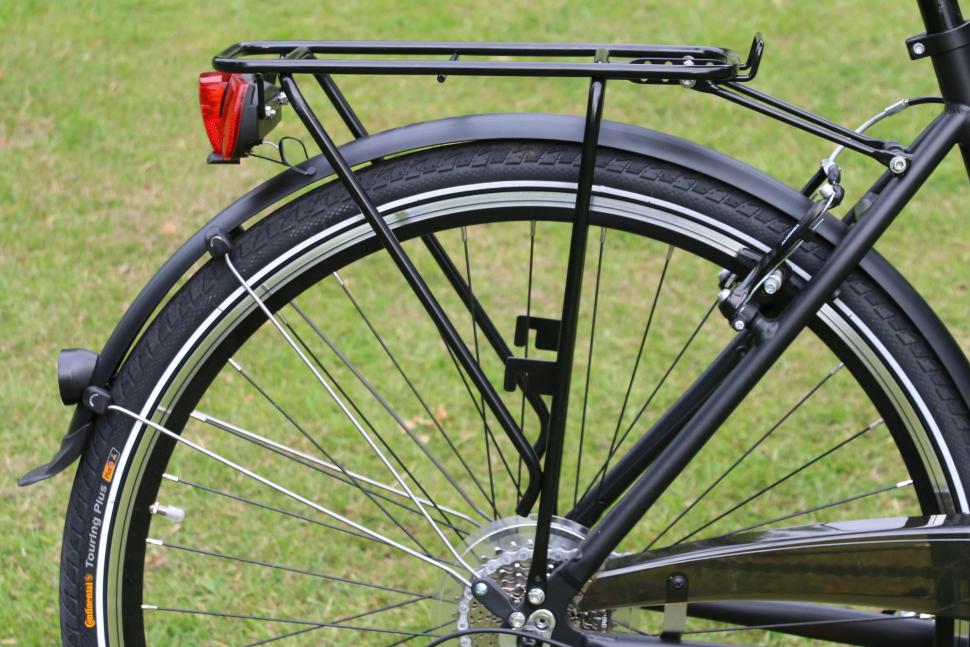
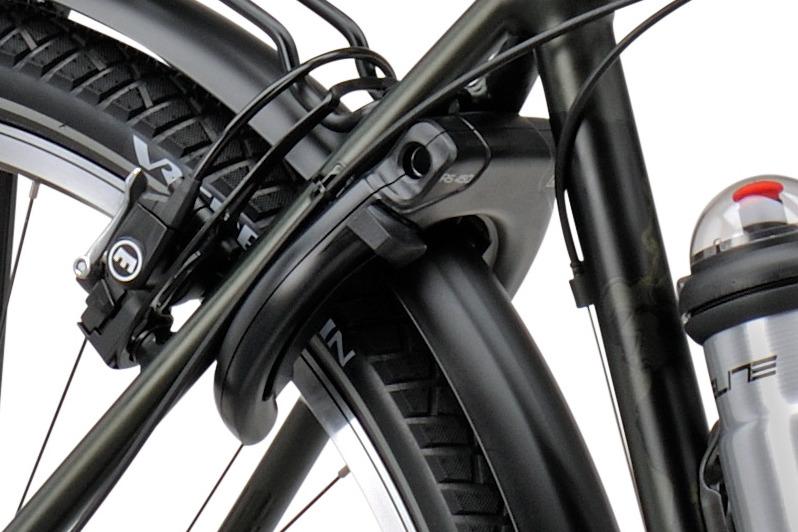
Or only £8413 if you get it on a Cycle To Work scheme.
I am not as confident as you on this one. At best ... I hope it would not be counter-productive....
First up - wishing you a speedy recovery....
My understanding of speed in relation dangerous driving charges is that to be considered dangerous, the speed needs to be knowingly and objectively...
If you had 9Bn to spend on travel and infrastructure, what would you spend it on ?
Sorry, total reading failure! Other thoughts stand though - every brand is charging you for the box one way or another.
On a different note I've been wondering why my reports are taking longer for them to process recently...
Looks like a good approach to me....
So sad,its one of my local shops, literally cycle past it nearly every day....
He needs to tell his friends and relations to stop using Signal, anyway… Or at the very least to RTFM.